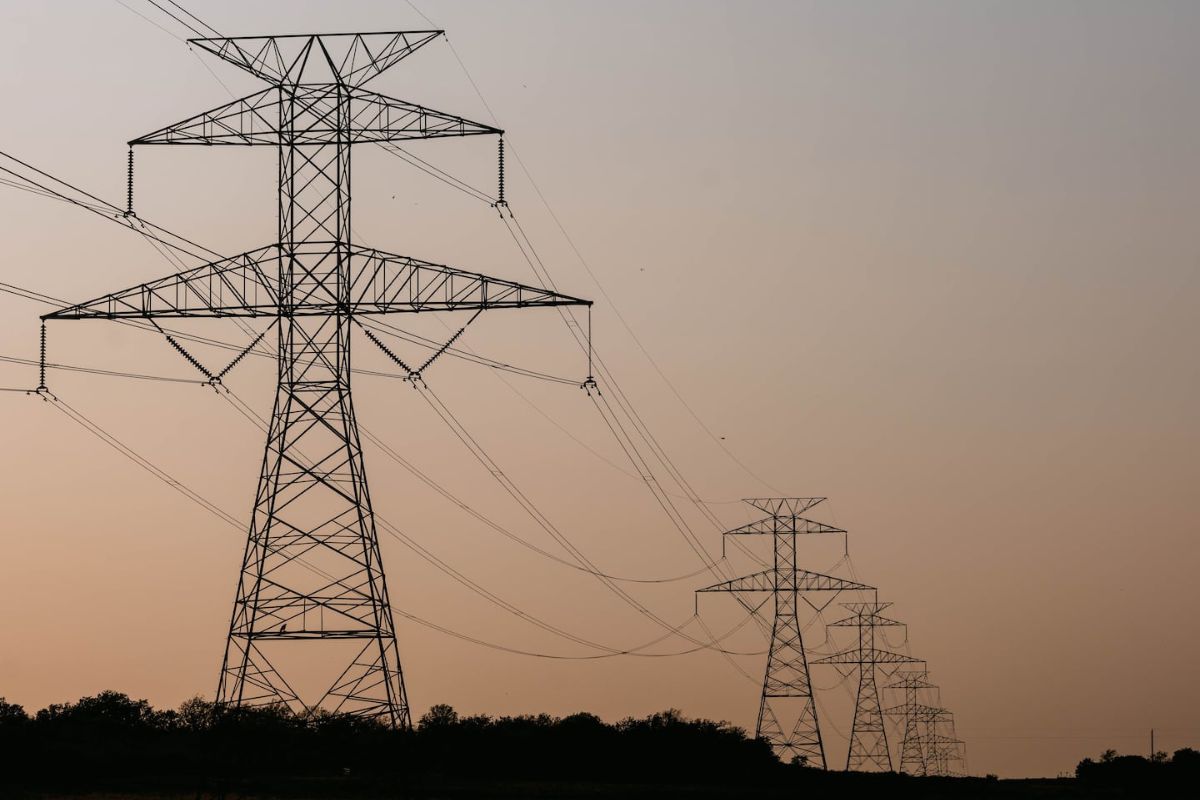
Ever wondered what powers Rhode Island? Rhode Island Energy, often abbreviated as RI Energy, plays a crucial role in keeping the lights on and the heat running in the Ocean State. From renewable energy initiatives to community programs, RI Energy is more than just a utility company. It's a lifeline for residents and businesses alike. But what makes RI Energy stand out? This blog post dives into 25 fascinating facts about RI Energy, shedding light on its history, operations, and contributions to sustainability. Whether you're a curious resident or just someone interested in energy, these facts will give you a deeper understanding of how RI Energy impacts daily life in Rhode Island.
The History of RI Energy
Rhode Island's energy landscape has evolved significantly over the years. Let's dive into some fascinating facts about its journey.
- Rhode Island was one of the first states to use hydropower, dating back to the 18th century.
- The state’s first power plant, the Narragansett Electric Company, was established in 1884.
- In 2006, Rhode Island became the first state to adopt a Renewable Energy Standard (RES).
Renewable Energy Initiatives
Rhode Island has been a pioneer in renewable energy. Here are some key initiatives that have shaped its energy sector.
- The state is home to the first offshore wind farm in the United States, Block Island Wind Farm, operational since 2016.
- Rhode Island aims to achieve 100% renewable electricity by 2030.
- Solar energy capacity in Rhode Island has grown by over 500% in the last decade.
- The state has implemented a net metering policy, allowing residents to sell excess solar energy back to the grid.
Energy Efficiency Programs
Energy efficiency is a cornerstone of Rhode Island’s energy policy. These programs have made a significant impact.
- Rhode Island ranks among the top five states in the U.S. for energy efficiency.
- The state offers rebates and incentives for energy-efficient appliances and home improvements.
- National Grid, the primary utility provider, runs the EnergyWise program to help residents reduce energy consumption.
- Rhode Island has stringent building codes that require new constructions to meet high energy efficiency standards.
Environmental Impact
The environmental impact of energy production and consumption is a critical concern. Rhode Island has taken several steps to mitigate this.
- The state has reduced its greenhouse gas emissions by 20% since 1990.
- Rhode Island participates in the Regional Greenhouse Gas Initiative (RGGI), a cooperative effort to cap and reduce CO2 emissions.
- The state has invested in electric vehicle (EV) infrastructure, with over 200 public charging stations.
- Rhode Island’s Clean Energy Jobs Report indicates that the clean energy sector employs over 16,000 people.
Energy Policy and Legislation
Policies and legislation play a crucial role in shaping the energy landscape. Rhode Island has enacted several important laws.
- The Resilient Rhode Island Act of 2014 aims to address climate change and promote sustainability.
- Rhode Island’s Renewable Energy Growth Program provides long-term contracts for renewable energy projects.
- The state has a mandatory energy efficiency resource standard (EERS) to ensure continuous improvement in energy efficiency.
- Rhode Island’s Distributed Generation Standard Contracts program supports small-scale renewable energy projects.
Future Prospects
Looking ahead, Rhode Island has ambitious plans for its energy future. Here’s what to expect.
- The state plans to expand its offshore wind capacity to 1,000 MW by 2030.
- Rhode Island is exploring the potential of tidal and wave energy as new renewable sources.
- The state aims to electrify its public transportation system by 2035.
- Rhode Island is investing in smart grid technology to improve energy distribution and reliability.
- The state is working on community solar projects to make renewable energy accessible to low-income households.
- Rhode Island’s long-term energy plan includes achieving net-zero emissions by 2050.
Final Thoughts on RI Energy
RI Energy's story is a fascinating blend of history, innovation, and community impact. From its early days to its current role in promoting renewable energy, this company has consistently adapted to meet the needs of Rhode Island residents. With initiatives like wind and solar projects, RI Energy is not just keeping the lights on but also paving the way for a greener future. Their commitment to sustainability and community engagement sets them apart in the energy sector. Whether you're a resident curious about your energy provider or someone interested in renewable energy, RI Energy offers valuable insights and inspiration. Keep an eye on their future projects; they're bound to continue making waves in the energy world. Thanks for joining us on this journey through the facts about RI Energy!
Was this page helpful?
Our commitment to delivering trustworthy and engaging content is at the heart of what we do. Each fact on our site is contributed by real users like you, bringing a wealth of diverse insights and information. To ensure the highest standards of accuracy and reliability, our dedicated editors meticulously review each submission. This process guarantees that the facts we share are not only fascinating but also credible. Trust in our commitment to quality and authenticity as you explore and learn with us.
